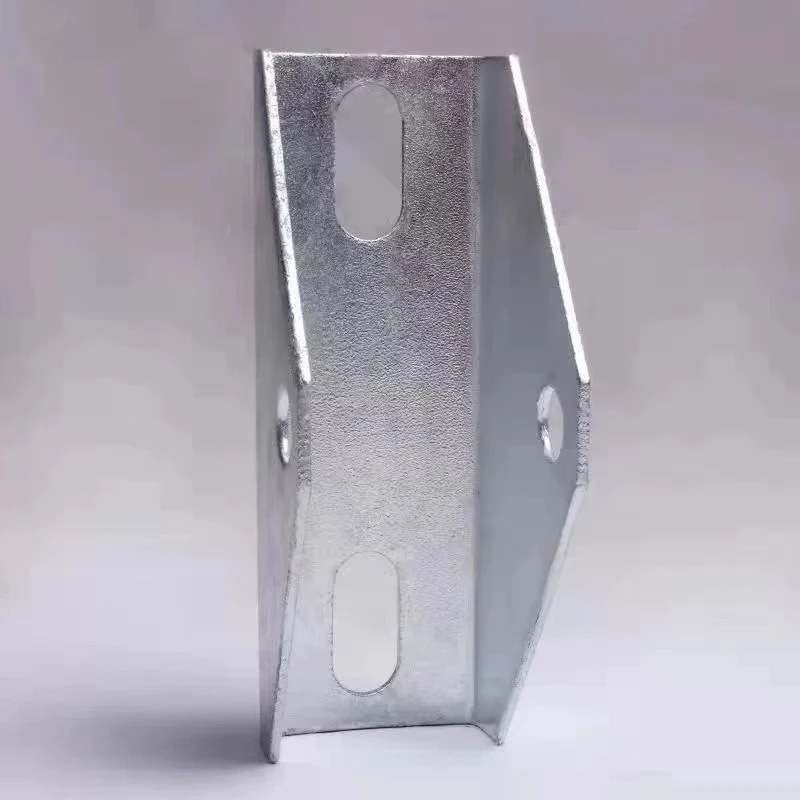

Self-Tapping Screws for Optimal Plastic Hole Dimensions and Applications
11月 . 09, 2024 19:33 Back to list
Self-Tapping Screws for Optimal Plastic Hole Dimensions and Applications
Understanding Self-Tapping Screws for Plastic Hole Sizes
Self-tapping screws are an essential component in many industries, particularly when it comes to joining materials such as plastic. These screws are specially designed to create their own hole as they are driven into the material, making them particularly useful for applications where pre-drilling might be impractical or impossible. However, when working with plastic, it is crucial to understand the appropriate hole sizes to ensure optimal performance and prevent damage to the material.
What are Self-Tapping Screws?
Self-tapping screws are fasteners that can tap their own threads into the material they are being driven into, which allows for a secure hold without the need for nuts or anchors. They feature a sharp point and specially designed threads that enable them to cut into the substrate. There are various types of self-tapping screws, including thread-forming and thread-cutting screws. The primary difference lies in how they interact with the material thread-forming screws displace material to create threads, while thread-cutting screws remove material to create a pilot hole.
Choosing the Right Hole Size for Plastic
Selecting the correct hole size for self-tapping screws in plastic applications is vital for ensuring a strong connection. Different types of plastic have varying densities and properties, which affect how screws will grip. Typically, the hole size should be slightly smaller than the nominal diameter of the screw to allow for adequate engagement between the screw threads and the plastic.
A general rule of thumb is to choose a pilot hole diameter that is about 75-90% of the screw's major thread diameter. For instance, if you are using a screw with a major diameter of 4 mm, your pilot hole should be around 3.0 to 3.6 mm. This allows the screw to bite effectively into the plastic without causing it to crack.
Factors to Consider
self tapping screws for plastic hole sizes

When selecting the appropriate hole size, several factors must be considered
1. Type of Plastic Different plastics have varying characteristics. Rigid plastics, such as polycarbonate, may require different hole sizes compared to softer materials like polypropylene. Harder plastics can handle a tighter fit, whereas softer ones might require a slightly larger diameter to avoid deformation.
2. Screw Material and Coating The material and finish of the screw can influence how it interacts with plastic. For instance, screws made from stainless steel or coated with special finishes may provide better corrosion resistance and performance in harsh environments.
3. Screw Length Ensure that the screw length is suitable for your application. A screw that is too long can penetrate too deeply and potentially damage the underlying material, while a screw that is too short may not provide the necessary hold.
4. Environment If the screws will be exposed to moisture or chemicals, it is essential to choose materials that resist corrosion and degradation.
Conclusion
Self-tapping screws offer a practical solution for fastening plastic components. Choosing the right hole size is critical to achieving a secure fit without damaging the plastic. By considering the type of plastic, screw characteristics, and the specific requirements of your application, you can ensure the best performance from your self-tapping screws. Understanding these factors will not only improve the longevity of your projects but also enhance the overall quality of your work.
Latest news
-
Premium Self Tapping Metal Screws: Strong & Easy Install
NewsAug.02,2025
-
Premium Fasteners Manufacturer | AI-Driven Solutions
NewsAug.01,2025
-
Hot Dip Galvanized Bolts - Hebei Longze | High Strength, Corrosion Resistance
NewsAug.01,2025
-
High-Strength Hot Dip Galvanized Bolts - LongZe | Corrosion Resistance, Custom Sizes
NewsAug.01,2025
-
Best Self Tapping Screws for Drywall - Fast & Secure Installation
NewsJul.31,2025
-
High-Strength Hot Dip Galvanized Bolts-Hebei Longze|Corrosion Resistance&Customization
NewsJul.31,2025

